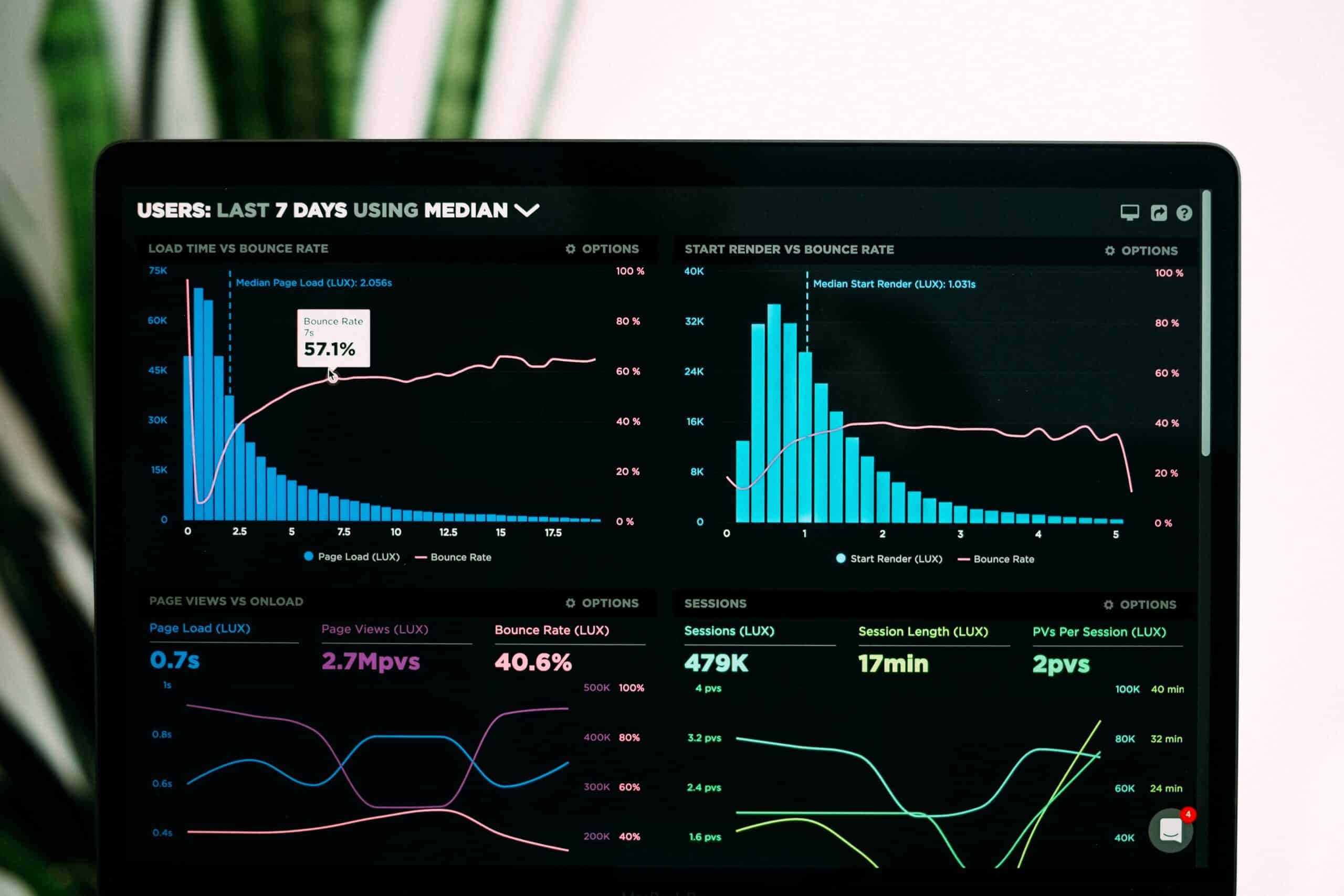Ever since Charles Babbage, considered one of the forefathers of computers, invented the first mechanical computer, humans have not stopped at unraveling the wonders technology has to offer.
The evolution technology is currently undergoing is by all rights a golden parachute to the business world:

with every problem that arises from process, transactions to user experience, development teams world wide are coming up with creative and innovative ways as solutions and controls to detect and solve them as they occur.
Much of this can also be attributed to the ever-changing needs and wants of the market. Customers during most of the time expect to have hassle-free experiences when dealing with firms, in whichever industry they exist and it is because of this that firms are taking the extra steps in going with the changing trends, opting for technological driven processes.
Firms in the IT industry have also applied the same advancements into their operations and management especially with the recent adoption of SaaS into their sales part of operations and management. SaaS is a totally new approach to how software vendors deal with their willing clients in terms of tech support, maintenance and pricing model unlike the older business models adopted by software companies where most of the applications were sold per user.
Upon purchase of the software by users, a licence is sought out to act as a subscription to the services the company will enjoy from the vendor ; these included access to new updates that would stop with the release of a new version of the software requiring a new subscription.
The advent of Artificial Intelligence has fueled the world wide acceptance of SaaS as the ultimate model for any firm venturing into the business world with plans of incorporating the technology into their day-day operations. As you read on, you will find areas AI and machine learning is making progress as far as “Software-as-a-Service” is concerned.
Customer Preferences and Personalization
Customer experience is one of the monumental factors that can lead to the growth of your business or be its downfall. The most logical and efficient way to enhance experience is by sifting through historical data to provide insights. AI is making it possible for companies to tailor the apps to meet customer needs and preferences as the machine learning element allows the vendors to track and monitor client usage. The analysis from these statistics are taken through AI to identify what is the best way to serve clients . Having no element of AI whatsoever in the apps you provide to your customers is a black swan as most firms have incorporated machine learning into their apps, a way of balancing out the competition if not beating it.
Personalization has also become the main objective of vendors who are looking into assimilation of SaaS into their operations.The sole reason being the huge amount of data needed to be processed in order to uniquely identify with the customer, something that machine learning is well equipped to do.
Pricing Model and Costs
As it was earlier mentioned, on-premise programs had to be installed to different machines to clients one at a time. This, as you can tell, was an exorbitant way to carry out business especially in acquiring the machines to run the programs. SaaS on the other hand are run on a single server in most cases the vendor or owner of the service with the clients interacting with the system by use of interfaces through the apps.
This means that updates, fixing bugs and technical support can all be done from one place and that is the server. Achieving such a fete solely depends on the vendor‘s capabilities and business model for although AI is becoming the most effective and efficient way to handle SaaS, the costs associated with the technology are quite high and it’s up to the vendor to decide on the most suitable pricing from the business and SaaS
Before the advent of online based applications, code deployment was a tedious task for no tools existed to allow the much needed collaboration and version control capabilities that current SaaS platforms offer, a good example being GitHub. Thus the same code deployment would take months and since the business in most cases is in the game to make profits, code application and testing would have been something close to impossible in such a short time.
With machine learning, SaaS can send bug reports automatically, test and give solutions to the problem to satisfaction of both the vendor and the client and at the same time maximizing revenue by reducing maintenance costs that would have otherwise been high without online repositories. The team collaboration provided by SaaS repositories like GitHub enhances code development for it grants the owner access to a pool of ideas and minds that being the online coding community.
Automation
Chat bots are good examples of the role machine learning plays in customer satisfaction. Since time immemorial, business have striven to satisfy their consumers for they are the main source of cash flows. A dissatisfied consumer means no sales hence no profits considering AI tech is a pretty serious venture with regards to setup costs and maintenance. It is believed that users are willing to come back to a vendor if their first time experience was satisfying and in order to maintain this inflow of clientele, SaaS uses AI capabilities to analyze users preferences and provide the necessary feedback the customer requires. Chat bots act like a client service team by answering any questions that might be raised only stopping where human intervention is required.
The remote engagement between clients and the vendor is a very challenging concept since you want to keep the client engaged at the same time ensuring the experience is as same as having a customer service agent physically with them. Artificial Intelligence strives to achieve seamless engagement through constant contact i.e. mail, app notifications at the same time trying to achieve the values of any organization: client focus.
Forecasting
One of the major benefits of Artificial Intelligence and technology in general is the highly efficient and fast processing power accompanying it. When properly assimilated into the operations of your business, AI is able to use historical data from app usage and give near accurate predictive results of what the vendor can expect from its clientele. This coupled with advanced analytical tools, can be used to give scenario analysis by allowing you as the user to tinker with figures e.g. the goal seek feature in Ms Excel gives the user the ability to determine how much of something is needed to achieve a set goal, especially with financial forecasts.
Another good example is the budgeting apps one can find on Google Play store, where once you link your bank accounts to the application, it uses your transaction history to generate a spending summary and give an overview of your expenses in the coming periods. It is key to note that this avenue of using machine learning to give predictive analysis heavily relies on the accuracy and correctness of the data for “garbage in = garbage out” meaning any false data that is fed to the AI will relay incorrect information to you and the users .
Security
Fraud deterrence and detection has been made much easier with the onset of Artificial Intelligence. . SaaS is an online platform meaning your information is already on the internet for third-party users to access them if need be hence the need for strict security measures. Machine learning through pattern identification, forecast analysis and supporting infrastructure like bio metrics and face scanners have tremendously enhanced SaaS security. Some AI’s have been advanced to the point of mimicking hacker’s patterns so as to determine the best course of action when developing mitigation against the high risk exposure that is information leakage/system breach. As a customer, you also do not need to worry over who owns the data since the passing of the European Union’s General Data Protection Regulation (GDPR) has made sure all your online information is kept private by all bodies and organization in charge with its safe-keeping.
AI’s incorporation into SaaS provides you with data mining capabilities, predictive analysis and fast processing power. The only major drawback to its application is the high setup cost that come with its implementation and use, an attribute that is about to change since technology tends to become more cheaper as newer models are released while the old ones are phased out.
Conclusion
More and more businesses are emerging at an exponential rate, both as a means of earning revenue and satisfying customer needs, the latter being the main objective. The same vendors are trying to stay at par with the competition and technology being the main elements that make or break a firm, assimilation of emerging trends has become paramount. Artificial Intelligence has become this century’s golden goose and continuous research is aiming at improving how machine learning interacts with SaaS so as to give you satisfying experience that is sort when interaction with online application and services at large. If you are a vendor or a client and thinking about having SaaS as you chosen way of conduction business transactions, then expect more to come.

Jay
I've worked for WooRank, SEOptimer, and working on a cool SEO audit tool called SiteGuru.co. Now I have build Linkilo and SEO RANK SERP WordPress theme. I've been in the SEO industry for more than 5 years, learning from the ground up. I've worked on many startups, but also have my own affiliate sites.
TRY OUR FULLY SEO-OPTIMIZED WORDPRESS THEME FOR AFFILIATE MARKETERS!
No need to hire SEO experts anymore to fix your site technical SEO issues
IMPROVE YOUR SITES RANKING TODAY


